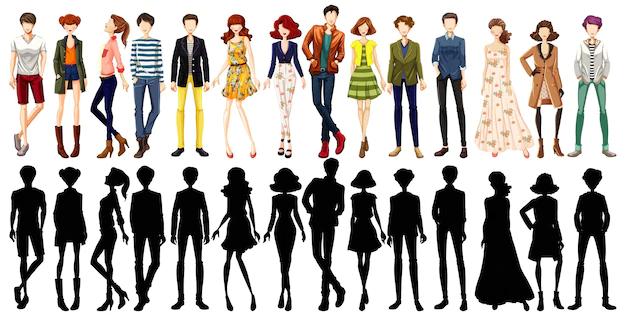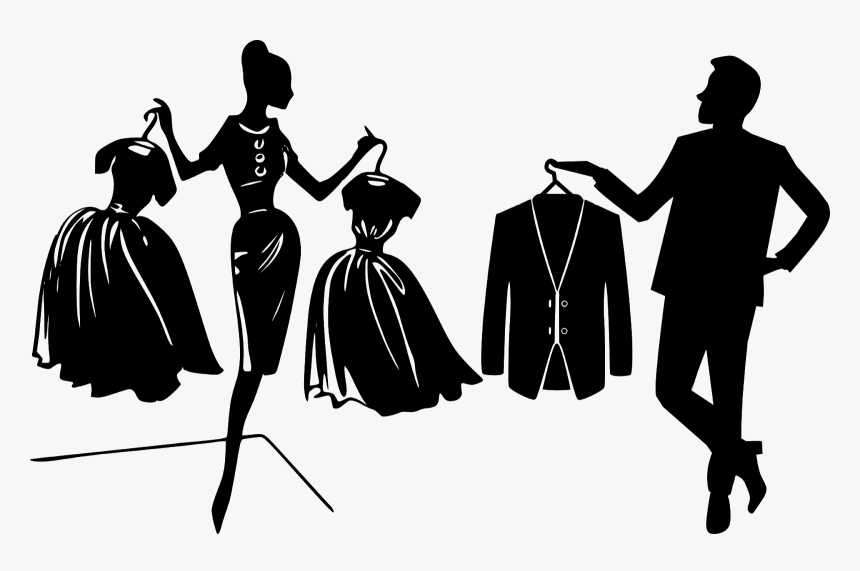Optimizing Makeup Application for Glasses Wearers: A Comprehensive Guide
The synergy between eyewear and makeup necessitates a strategic approach to achieve a harmonious and aesthetically pleasing result. This guide presents fifteen expert techniques to enhance facial features while considering the optical effects of eyeglasses. We will explore concepts of visual balance, color theory, and the principles of light and shadow to achieve a polished and flattering look.
Enhancing Facial Aesthetics with Strategic Makeup Application: Fifteen Key Techniques
Sculpting the Brow: Achieving Frame-Face Harmony
Eyebrows constitute a critical element in facial architecture and play a pivotal role in balancing the visual impact of eyeglasses. Brow shaping, informed by principles of facial symmetry and proportion, utilizes pencils or powders to create a defined yet natural arch, ensuring harmonious integration with the frame design. This approach aligns with the Gestalt principle of proximity, where visually related elements (eyebrows and frames) influence each other’s perception.
Subtle Eye Shadow Application: Enhancing, Not Overpowering
Applying color theory principles, eyeshadow selection should prioritize soft, neutral tones (e.g., light browns, taupes) to enhance eye color without competing with the frames. Heavy application can create visual clutter. The goal is to complement, not distract from, the overall facial composition, consistent with the concept of visual hierarchy in design.
Maximizing Lash Volume: Opening the Eyes
Volumizing mascara is crucial in counteracting the shadowing effect glasses can create. The increased lash volume produces a widening effect on the eyes, providing a visually "lifted" appearance. This approach considers the interplay of light and shadow, enhancing contrast to draw attention to the eyes, mirroring the spotlight effect in stage lighting.
Neutralizing Under-Eye Dark Circles: Restoring Luminosity
Concealers with brightening properties effectively camouflage under-eye circles, often accentuated by eyewear. This technique addresses the negative space created by shadows, restoring luminance and overall facial balance. The application aligns with the concept of color correction in makeup artistry.
Lightweight Foundation Application: Achieving Breathability and Comfort
To avoid discomfort and slippage, lightweight foundations or tinted moisturizers are preferred. This ensures breathability while still providing even skin tone. This approach prioritizes comfort and functionality alongside the aesthetic goals, embodying the principles of user-centered design.
Strategic Highlighting: Emphasizing Facial Structure
Highlighters strategically applied to cheekbones, brow bones, and inner eye corners subtly enhance facial features, deflecting attention away from potential shadowing effects of glasses. This technique utilizes the principles of light reflection to create a three-dimensional effect, enhancing facial structure. This is similar to the use of highlighting in 3D modeling and sculpting.
Lip Color Selection: Complementary Color Harmony
Lip color selection involves understanding color theory and its impact on facial perception. Choosing shades that harmonize with both frame color and personal style complements the overall look. This considers the principles of visual harmony and personal branding.
Balancing Statement Frames with Minimal Makeup: Strategic Emphasis
With statement frames, minimal makeup allows the eyewear to remain the focal point, applying the concept of visual hierarchy. A neutral eye and lip palette ensures that the frames are the dominant feature, reflecting principles of design emphasis.
Eyeliner Application: Adapting to Frame Style
Eyeliner application should adapt to both eye shape and frame style. Thin lines create a subtle effect, while thicker lines provide a more dramatic look. This demonstrates adaptation and customization based on individual features and preferences, adhering to personalized styling techniques.
Brightening the Gaze: The White Eyeliner Technique
Using white eyeliner on the lower waterline creates the illusion of larger, brighter eyes, countering any potential diminishing effect from glasses. This technique leverages optical illusions, enhancing the eye's perceived size and luminosity.
Setting Spray Application: Ensuring Makeup Longevity
Setting sprays ensure makeup longevity, crucial for preventing smudging or transfer onto glasses. This step reflects the principles of product preservation and maintenance, preventing degradation of the overall aesthetic.
Blush Placement: Compensating for Shadow Effects
Blush application must consider the shadow cast by glasses. Applying blush higher on the cheekbones counters shadowing, creating a lifted, more natural appearance. This demonstrates understanding of the interplay between light, shadow, and makeup placement.
Maintaining Clean Lenses: Ensuring Clarity
Clean lenses prevent smudges from obscuring makeup and impacting the overall appearance. This reinforces the importance of maintaining a clean canvas for makeup application.
Employing Eyeshadow Primer: Enhancing Wearability
Eyeshadow primer enhances makeup wearability by preventing creasing and smudging. It promotes the longevity and integrity of the eye makeup look.
Creative Expression: Personalization and Experimentation
Experimentation and adaptation are key to finding personalized makeup styles that complement individual features and preferences. This fosters self-expression and individuality within the framework of the outlined techniques.
By integrating these fifteen techniques, individuals can confidently enhance their appearance while wearing glasses. This strategic approach ensures a harmonious balance between eyewear and makeup, resulting in a polished and flattering aesthetic that reflects personal style and artistry.
Conclusions and Recommendations
This guide provides a framework for optimizing makeup application for glasses wearers by integrating principles of color theory, visual balance, and light manipulation. The recommendations emphasize the importance of considering both the aesthetic and functional aspects of makeup application, ensuring both a visually appealing and comfortable result. Further research could explore the influence of different frame shapes and styles on optimal makeup techniques, as well as investigate the impact of lighting conditions on the perceived effectiveness of these techniques. The practical application of these strategies enhances self-esteem and allows individuals to express their personal style confidently. The applicability extends to various demographics and can be integrated into professional makeup artistry practices.
Reader Pool: What further factors beyond those discussed in this article do you believe significantly impact the effectiveness of makeup application for glasses wearers?
```



